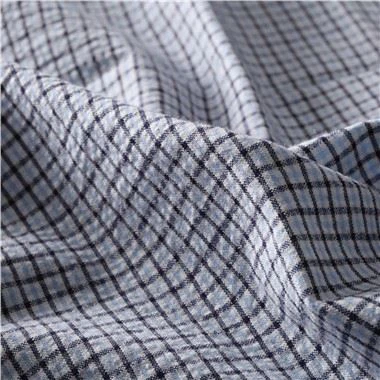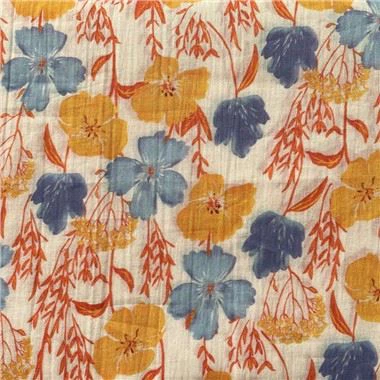What is Non-Woven Filter Fabric?
Apr 28, 2025
Non-woven filter fabric is a type of filtering material made by bonding synthetic or natural fibers together through mechanical, thermal, or chemical processes, distinguishing it from traditional woven or knitted structures. This material is typically manufactured using fibers such as polypropylene, polyester, nylon, fiberglass, or PTFE, with some specialized applications also incorporating natural fibers like cotton or cellulose. The production methods mainly include spunbonding, meltblowing, needle punching, as well as thermal or chemical bonding. Spunbonding involves melting fibers to form a web-like structure, meltblowing creates ultra-fine fibers for high-efficiency filtration, needle punching enhances durability through mechanical reinforcement, while thermal or chemical bonding further improves material strength.
In terms of filtration principles, non-woven filter fabric primarily operates through two mechanisms: depth filtration and surface filtration. Depth filtration traps particles within the three-dimensional structure of the fibers, whereas surface filtration captures particles on the material's surface. These characteristics make it widely applicable in air, liquid, or gas filtration. Compared to traditional woven filter fabrics, non-woven filter fabric offers advantages such as high porosity, chemical resistance, lightweight flexibility, and lower cost. Its porosity can be customized to achieve precise particle retention, while materials like polypropylene and PTFE provide excellent chemical resistance. Additionally, non-woven filter fabric can be designed as either disposable or reusable, depending on the application.
In practical applications, non-woven filter fabric demonstrates broad versatility:
- In industrial settings, it is used to produce dust collection bags, HVAC filters, and oil-water separators.
- In medical and protective applications, it serves as a key material for surgical masks, N95 respirators, and sterile packaging.
- In the automotive industry, it is employed in air conditioning filters and fuel filtration systems.
- The water treatment industry utilizes it for reverse osmosis filtration and sediment removal.
- In agriculture, it is applied in crop protection fabrics and soil stabilization.
Compared to traditional woven filter fabrics, non-woven filter fabric features a randomly arranged fiber structure, making it more effective for deep filtration of fine particles. However, it is slightly less wear-resistant than woven filter fabrics, which can withstand repeated washing. Nevertheless, its lower cost and lightweight properties make it a more economical and practical choice for many applications.
The diversity and customizability of this material enable it to meet the specific needs of various industries, ranging from high-precision medical protection to large-scale industrial filtration. Non-woven filter fabric demonstrates unique value across these fields. With ongoing technological advancements, its performance and application scope will continue to expand, offering even more possibilities for filtration solutions in diverse sectors.








